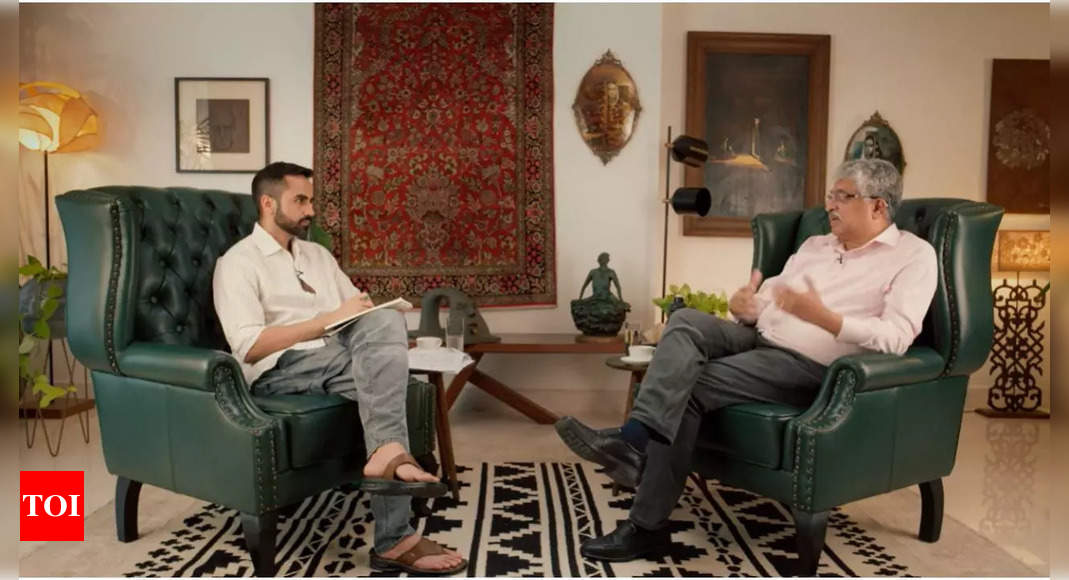
He stated: “And then two big things happened? So the monetization gave the first boost to digital payments because people had to make payments and (you know) cash was not there.And then in the pandemic also people didn’t want to hand over money.”
“They would rather than point (scan) a QR code. So, these two Tailwinds also drove the UPI growth,” he further added.
The National Payments Corporation of India (NPCI) launched UPI in 2016 as a pilot project. Earlier this month, UPI, processed nearly Rs 81 lakh crore transactions in the April-July period this year, surpassing world’s leading digital payments platforms, a report has said. This transaction number converts to a 37% increase on a year-over-year (YoY) basis.
Recently, NPCI increased the transaction limit for tax payments using UPI to help millions of taxpayers in the country. In a circular dated August 24, 2024, NPCI said, “With UPI emerging as a preferred payment method, there is a need to enhance the per transaction limit in UPI for specific categories… In view of the above the per transaction value limit in UPI has now been enhanced to Rs 5 lakh for entities under categories aligned to tax payments.”
Nandan Nilekani on Artificial Intelligence
During the podcast, Nilekani said that the cost of not investing in artificial intelligence (AI) for the companies may prove to be costlier than investing in it. Responding to a Kamath’s question if the massive AI investments could be a bubble for businesses, Nilekani said “They can’t afford not to do it (investment in AI), so they rather spend $50 billion a year than not spend… if there’s a big platform shift and they don’t have it, then they are out of the game permanently”.
He also touched upon the impact of large language models (LLMs) during the podcast. Stating that the LLMs have already become a commodity, Nilekani added that language AI is a crucial tool in bridging communication gaps, especially in a country like India with vast linguistic divergence. He said “If a farmer in a village in UP can speak in Hindi to the computer, and the computer can go and get some information on planting techniques to him and tell him in real-time back, suddenly we have made the world’s knowledge accessible to that farmer in his or her language,”.






